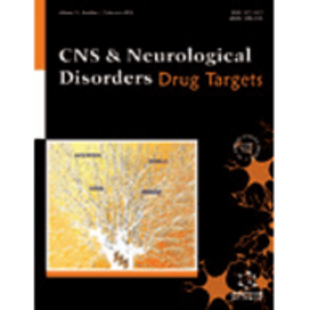
“In the past two decades, there has been increasing interest in the therapeutic potential of cannabis and single cannabinoids, mainly cannabidiol (CBD) and delta-9-tetrahydrocannabinol (THC). THC and cannabis products rich in THC exert their effects mainly through the activation of cannabinoid receptors (CB1 and CB2). Since 1975, 140 controlled clinical trials using different cannabinoids or whole-plant preparations for the treatment of a large number of disorders and symptoms have been conducted. Results have led to the approval of cannabis-based medicines [dronabinol, nabilone, and the cannabis extract nabiximols (Sativex®, THC:CBD = 1:1)] as well as cannabis flowers in several countries. Controlled clinical studies provide substantial evidence for the use of cannabinoid receptor agonists in cancer chemotherapy induced nausea and vomiting, appetite loss and cachexia in cancer and HIV patients, neuropathic and chronic pain, and in spasticity in multiple sclerosis. In addition, there is also some evidence suggesting a therapeutic potential of cannabis-based medicines in other indications including Tourette syndrome, spinal cord injury, Crohn’s disease, irritable bowel syndrome, and glaucoma. In several other indications, small uncontrolled and single-case studies reporting beneficial effects are available, for example in posttraumatic stress disorder, attention deficit hyperactivity disorder, and migraine. The most common side effects of THC and cannabis-based medicines rich in THC are sedation and dizziness (in more than 10% of patients), psychological effects, and dry mouth. Tolerance to these side effects nearly always develops within a short time. Withdrawal symptoms are hardly ever a problem in the therapeutic setting. In recent years there is an increasing interest in the medical use of CBD, which exerts no intoxicating side effects and is usually well-tolerated. Preliminary data suggest promising effects in the treatment of anxiety disorders, schizophrenia, dystonia, and some forms of epilepsy. This review gives an overview on clinical studies which have been published over the past 40 years.”
http://www.tandfonline.com/doi/abs/10.1080/07352689.2016.1265360?needAccess=true&journalCode=bpts20



/cdn.vox-cdn.com/uploads/chorus_image/image/54932609/2928600995_24caa84411_o.0.0.jpg)






